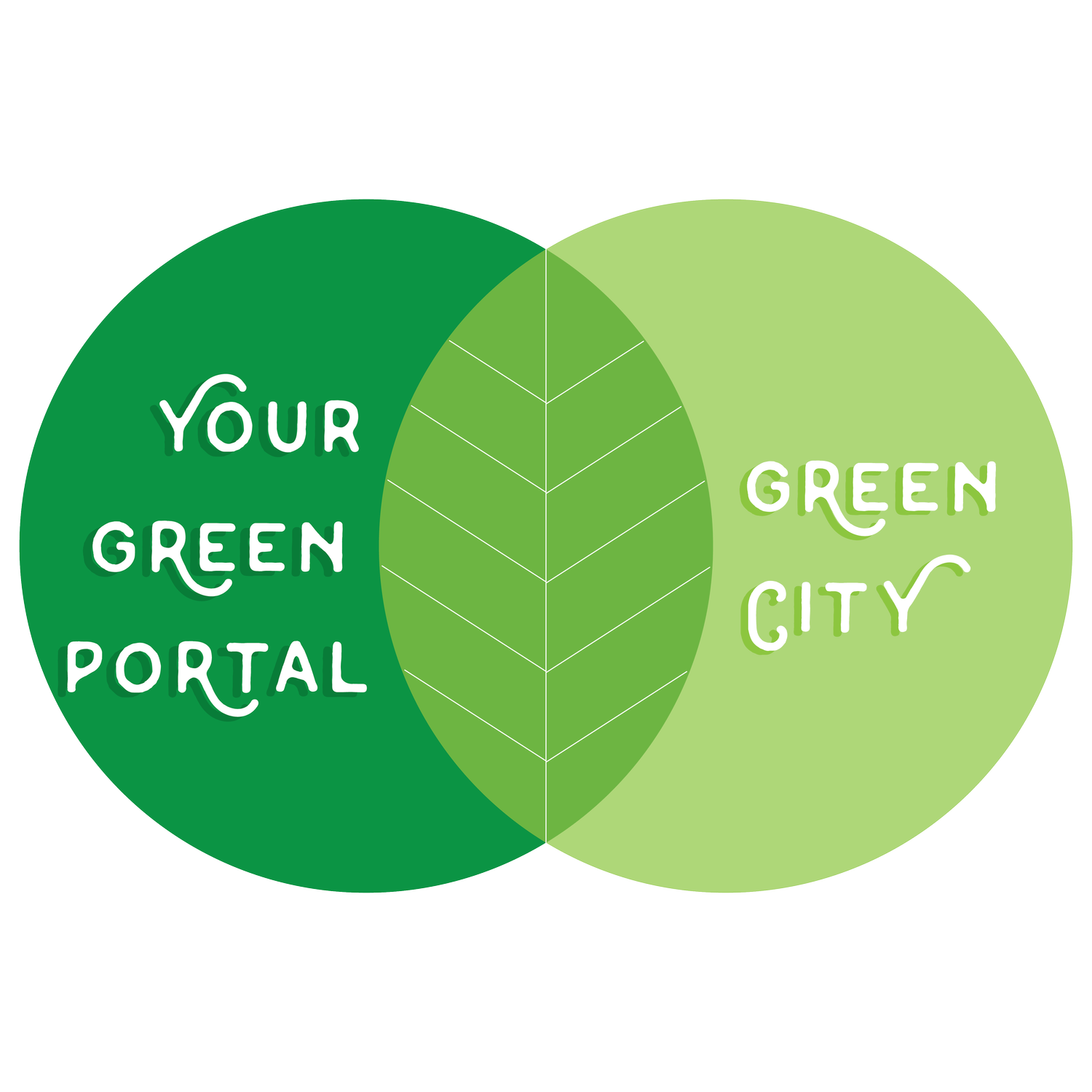Today we are continuing our conversation with Mike Armstrong, Director of Planning and Communications for the Street Collective. In last week’s show, we discussed the history and mission of the Street collective here in Des Moines and also some of the programming that this amazing team provides. We had too much information for one show so we decided we needed to bring Mike back for a Part 2!
In addition to highlighting more of the programs offered by the Street Collective, today’s discussion focuses on policies at the local, state and federal levels. According to an article in Reuters, by David Morgan published on July 1, 2021, “The U.S. House of Representatives approved a $715 billion surface transportation and water infrastructure bill . . . that includes provisions for roads, bridges, highway safety, electric vehicle charging stations, rail, transit, drinking and wastewater infrastructure.” Titled the “INVEST in America Act” it includes greater investments in electric vehicle charging and passenger rail grant programs.
Mike translates much of what this means in our discussion. Tune in to the podcast to learn more.
Key Takeaways from our discussion:
- The main goal of the Street Collective is to get more people walking, biking, and riding public transit safely
- They work closely with local, state, and federal agencies and organizations to help bring about change
- For a long time we had the Highway Trust Fund that provided funding for projects but this went bankrupt in 2008. Now $ comes from the general fund.
- Complete streets and transportation projects are often debated closer to home at the local level
- DART now has an electric bus and may bring more into their fleet.
- The City of Des Moines adopted a complete streets initiative in 2008, designed to encourage and provide a more convenient and safe network of all modes of transportation.
- The underlying goal with transportation plans is to get to zero fatalities—initiated in Sweden in 1997, they called it Vision Zero.
- A key goal is to institutionalize good choices with the default process focused on safety & sustainability 1st. The burden of proof should be on why we should design something less safe.
- Find out what is happening regarding complete streets in your own community. Reach out to your elected officials. Never be afraid to speak up and ask questions.
“We are realizing that if you have
People walk and bicycle more,
You have a more lively, more livable,
More safe, more sustainable and more healthy city.
And what are you waiting for?”
~ Jan Gehl
“If the earth was an apartment,
We wouldn’t be getting our
Security deposit back.”
~Jim Shubert
Thank you for listening to today’s discussion. Let’s continue the conversation and learn from each other.


